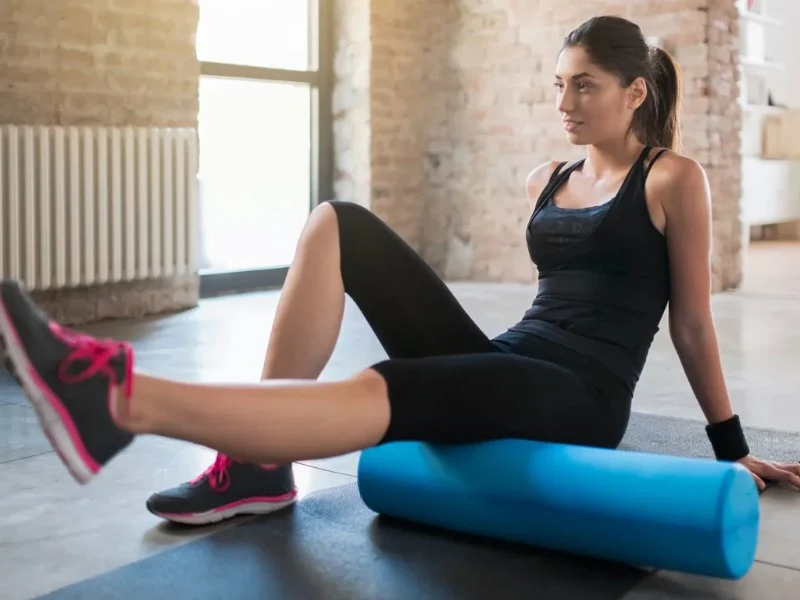
- Why Every Cyclist Needs a Foam Roller
- The Benefits of Foam Rolling for Cyclists
- How to Use a Foam Roller Effectively
- Top Foam Roller Exercises for Cyclists
- How to Choose the Right Foam Roller for Your Needs
Why Every Cyclist Needs a Foam Roller
As a cyclist, you put a lot of strain on your muscles during rides, whether it's a long-distance adventure or a high-intensity sprint. Over time, this repetitive activity can lead to tightness, sore muscles, and even injury. Foam rolling is a simple yet incredibly effective way to improve muscle recovery and flexibility. By incorporating a foam roller into your post-ride routine, you can target specific muscle groups, reduce soreness, and enhance your overall performance. In this article, we’ll explore why every cyclist should make foam rolling a part of their training regimen.
The Benefits of Foam Rolling for Cyclists
Foam rolling provides numerous benefits for cyclists that go beyond just alleviating soreness. Here are a few reasons why cyclists should consider adding this technique to their recovery routine:
- Improves Flexibility: Foam rolling helps loosen up tight muscles, improving your range of motion. This is particularly helpful for cyclists who may experience tight hip flexors, quads, or calves from long hours on the bike.
- Reduces Muscle Tension: After a long ride, your muscles can become tense and knotted. Foam rolling targets these areas, releasing built-up tension and promoting relaxation.
- Boosts Blood Circulation: Foam rolling increases blood flow to the muscles, which aids in recovery by delivering more oxygen and nutrients to the tissues. This can help reduce muscle fatigue and improve recovery time.
- Decreases Risk of Injury: Regular foam rolling can help identify and address tight spots before they become more serious injuries, allowing for better prevention and longer cycling sessions without discomfort.
How to Use a Foam Roller Effectively
While foam rolling is beneficial, it’s important to know how to use a foam roller properly to avoid injury and get the most out of your sessions. Here's a quick guide on how to foam roll effectively:
- Start Slow: Begin by targeting the larger muscle groups, like your quads, hamstrings, and calves. Use slow, controlled movements and gradually apply more pressure as your muscles loosen.
- Focus on Tight Spots: If you find a knot or particularly tight area, spend extra time foam rolling that spot to release tension. Don't rush, as holding for 20-30 seconds can help the muscle release fully.
- Consistency is Key: Make foam rolling a regular part of your routine. Consistency will provide the most benefits, as it helps maintain flexibility and muscle health over time.
Top Foam Roller Exercises for Cyclists
Here are some of the most effective foam roller exercises every cyclist should incorporate into their routine:
- Quads Rolling: Lie face down, placing the foam roller under your thighs. Roll from your hips to your knees slowly, applying more pressure on the tight spots. This exercise targets your quadriceps, which can become tight from long rides.
- Calf Rolling: Sit with your legs extended, placing the foam roller under your calves. Roll from your ankles up to your knees, focusing on any areas that feel tight. This is perfect for relieving tight calves after intense cycling sessions.
- IT Band Rolling: Lie on your side with the foam roller beneath your hip. Roll along your outer thigh from your hip to just above the knee. The IT band can become tight from extended periods in the saddle, making this exercise essential.
- Upper Back Rolling: Place the foam roller under your upper back and gently roll from your shoulder blades down to the mid-back. This targets your upper back and traps, helping to alleviate stiffness from hunching over your handlebars.
How to Choose the Right Foam Roller for Your Needs
There are many different types of foam rollers available, each designed to meet various needs. When choosing the right foam roller for your cycling recovery, consider the following:
- Density: Foam rollers come in different densities, from soft to firm. If you're new to foam rolling, start with a softer roller. For experienced users or those with chronic tightness, a firmer roller may be more effective.
- Size: Foam rollers vary in size, with longer rollers offering more coverage for larger muscle groups. Shorter rollers are more compact and easier to store but may be less effective for some areas.
- Material: High-density foam rollers tend to last longer and provide better support. While some rollers are made from softer materials that are gentler on the body, others use more durable materials like EVA for longevity.
For cyclists, selecting the right foam roller is crucial to ensure comfort and efficiency during post-ride recovery sessions. Choose one based on your personal preferences, muscle tightness, and the specific areas you want to target.
To find the best foam rollers for your needs, visit Cycling Guider for a range of products designed to enhance your cycling experience and improve recovery times.






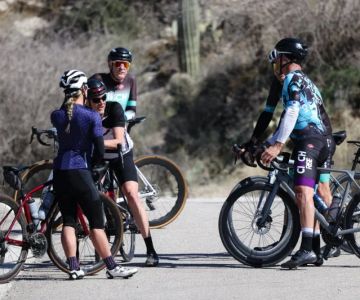
 Billet BMX5.0 (2 reviews)
Billet BMX5.0 (2 reviews)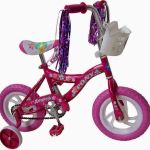 Far East Children Bicycle Factory1.0 (1 reviews)
Far East Children Bicycle Factory1.0 (1 reviews) Archer Motorsports, Inc.4.0 (8 reviews)
Archer Motorsports, Inc.4.0 (8 reviews) YEP Bike Works4.0 (55 reviews)
YEP Bike Works4.0 (55 reviews) Gorham Bike & Ski4.0 (498 reviews)
Gorham Bike & Ski4.0 (498 reviews)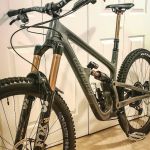 Alchemy Bikes4.0 (37 reviews)
Alchemy Bikes4.0 (37 reviews) How to Teach Kids to Ride a Bike: A Step-by-Step Guide for Parents
How to Teach Kids to Ride a Bike: A Step-by-Step Guide for Parents Tips for Riding on Busy City Streets: Smart Strategies for Urban Cyclists
Tips for Riding on Busy City Streets: Smart Strategies for Urban Cyclists Best US National Parks for Mountain Biking: Ride Epic Trails Across America
Best US National Parks for Mountain Biking: Ride Epic Trails Across America Best Aero Helmets for Time Trials and Racing
Best Aero Helmets for Time Trials and Racing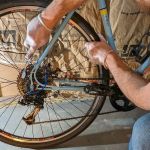 How to Clean and Lubricate Your Bike Chain Like a Pro
How to Clean and Lubricate Your Bike Chain Like a Pro 10 Must-Have Items for Long-Distance Cycling Trips
10 Must-Have Items for Long-Distance Cycling Trips